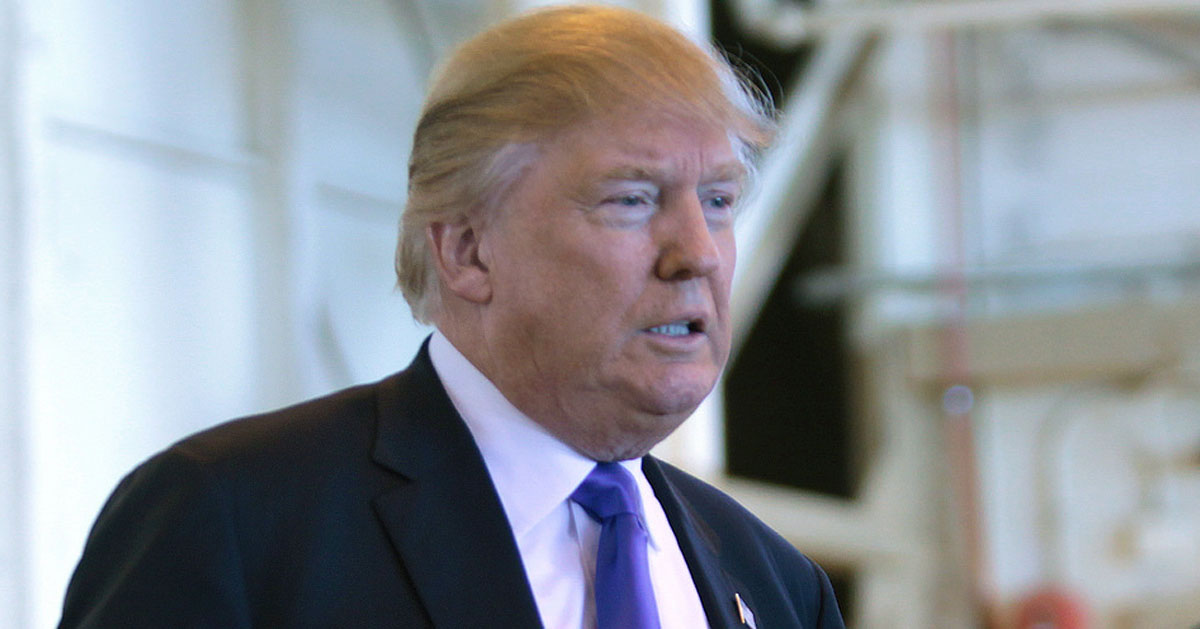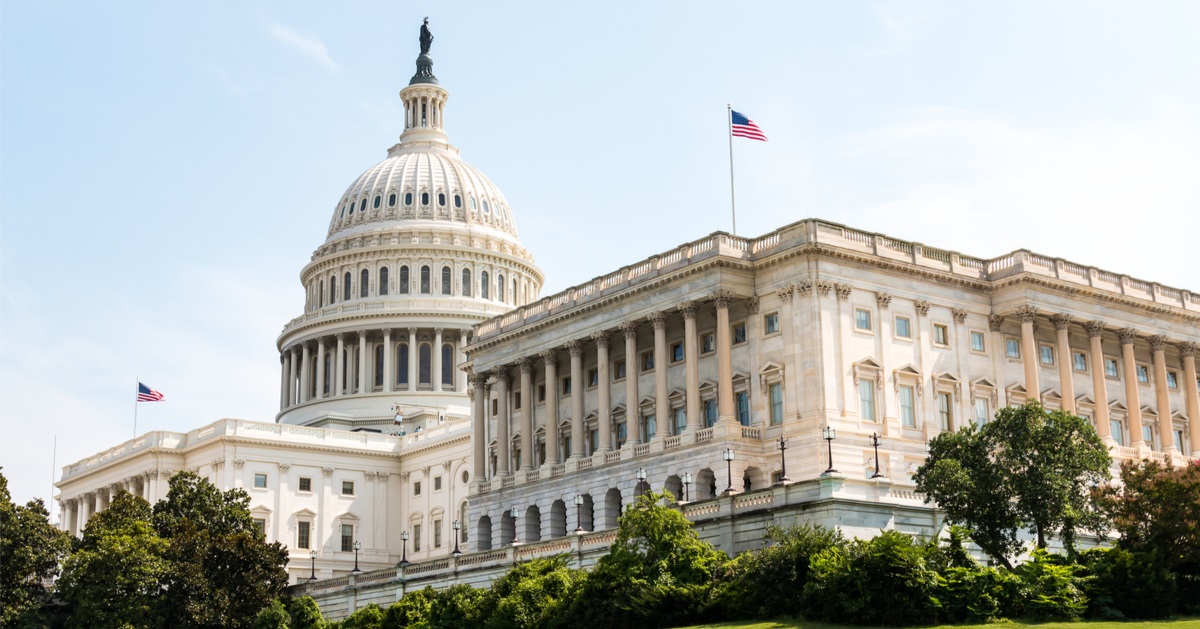Around 154,000 federal workers who accepted deferred resignation package formally resigned on Wednesday
In February, as part of an effort to reduce the size of the federal workforce, the Trump administration offered most federal employees an option to immediately go on paid administrative leave ahead of a deferred resignation at the end of the fiscal year.
The fiscal year ended on Wednesday, and with it the formal employment of an estimated 154,000 federal workers who'd previously accepted the deferred resignation package, according to Breitbart.
The mass resignation of government employees was the largest of its kind since the end of World War II, but is estimated to be only around half of the total number of federal workers who will have resigned, retired, or been fired from the Trump administration by the end of the calendar year.
The Deferred Resignation Program
Just weeks after President Donald Trump took office to begin his second term, the Department of Government Efficiency notified millions of federal employees of an opportunity to exit the workforce immediately but technically keep their jobs for several more months.
As part of the Deferred Resignation Program, workers would go on administrative leave and stop working but continue to draw their usual salary and benefits, as well as continue to accrue sick time, vacation time, and service time toward retirement, until the end of the fiscal year on September 30.
Fortune reported that, according to a spokesperson for the Office of Personnel and Management, an estimated 154,000 federal employees opted to take that deal, with the vast majority formally resigning on Wednesday while the remainder would continue to be technically employed through the end of December.
A Senate report over the summer suggested that the DRP could cost taxpayers up to $14.8 billion to pay the salaries and benefits of the workers on leave, and while that figure wasn't necessarily disputed, OPM's McLaurine Pinover asserted that the deferred resignations would eventually save taxpayers upwards of $28 billion in the long run.
"Ultimately, the deferred resignation program was not only legal, it provided over 150,000 civil servants a dignified and generous departure from the federal government," she told the outlet. "It also delivered incredible relief to the American taxpayer."
Up to 300,000 workers could be gone by year's end
To be sure, as Breitbart noted, many left-leaning media outlets and Democrats freaked out over the mass resignations, lamented the sudden loss of so many experienced federal workers, and expressed grave concerns about the negative impact American citizens might face because of the reductions in employees across many government services.
Except that the overwhelming majority of those workers have already been gone for months, with only their formal resignations finally taking effect on Wednesday, rather than an actual mass walkout of workers at the same time.
Furthermore, as Fortune and other media outlets observed, the roughly 154,000 government employees who accepted the DRP option is only about half of the estimated 300,000 total federal workers who are expected to have accepted buyouts, resigned, retired, or been fired or laid off by the end of the year.
It is unclear if that 300,000 figure, which represents about 12.5% of the total federal workforce, per Breitbart, includes the potentially tens of thousands of non-essential workers who could soon be permanently furloughed and not brought back after the current partial government shutdown concludes.
August memo explained purpose of DRP
Newsweek reported that OPM Director Scott Kupor explained in an August memo, "We designed the DRP as a practical, humane, and voluntary option to accelerate workforce transitions in a system that desperately needed movement. Employees were given the option to retire early and receive eight months of paid leave; in return, the government will save $20+ billion in costs, annually."
"At OPM, we’re here to fix the decades of broken systems that have put us in this position. The Deferred Resignation Program was a necessary step toward a smarter, leaner, more effective government," he added. "If that ruffles a few feathers in Washington, so be it. The American people deserve a workforce built for performance, not permanence."





